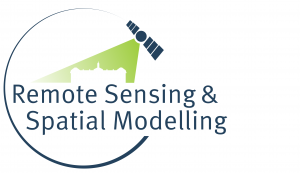
The results of the black locust study (click here for more information) were published in the MDPI Journal Forests. Overall, we could show that the three reproduction strategies of black locust in short rotation coppices differ with regards to initialization, intensity, and growth performance, but all play a role in the survival and spreading of black locust. Spreading was detected and measured with an unmanned aerial system (UAS)-based images and classification technology—object-based image analysis (OBIA). Additionally, the classification of single UAS images was tested by applying a convolutional neural network (CNN), a deep learning model.
For detailed information you can find the full publication here.



